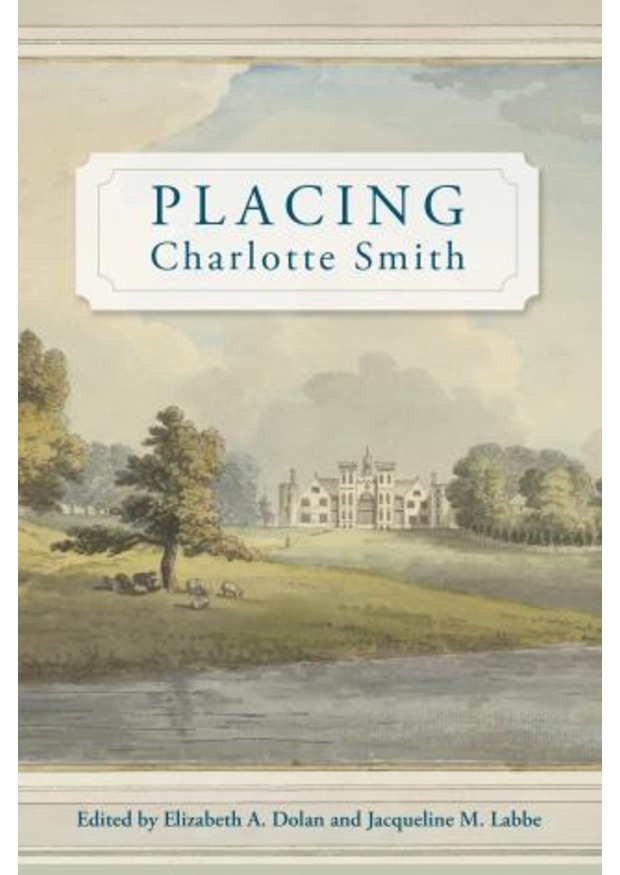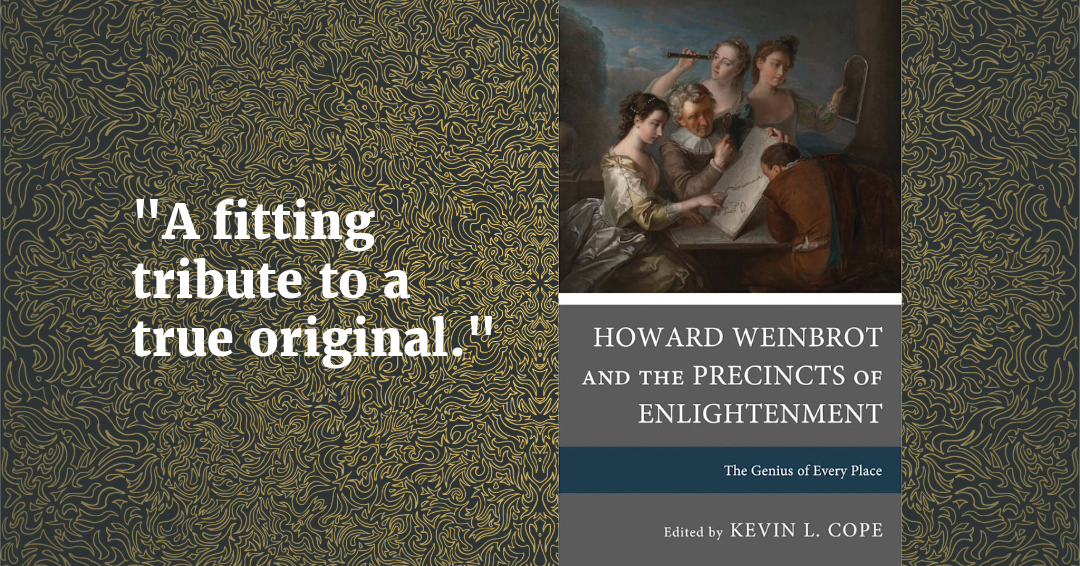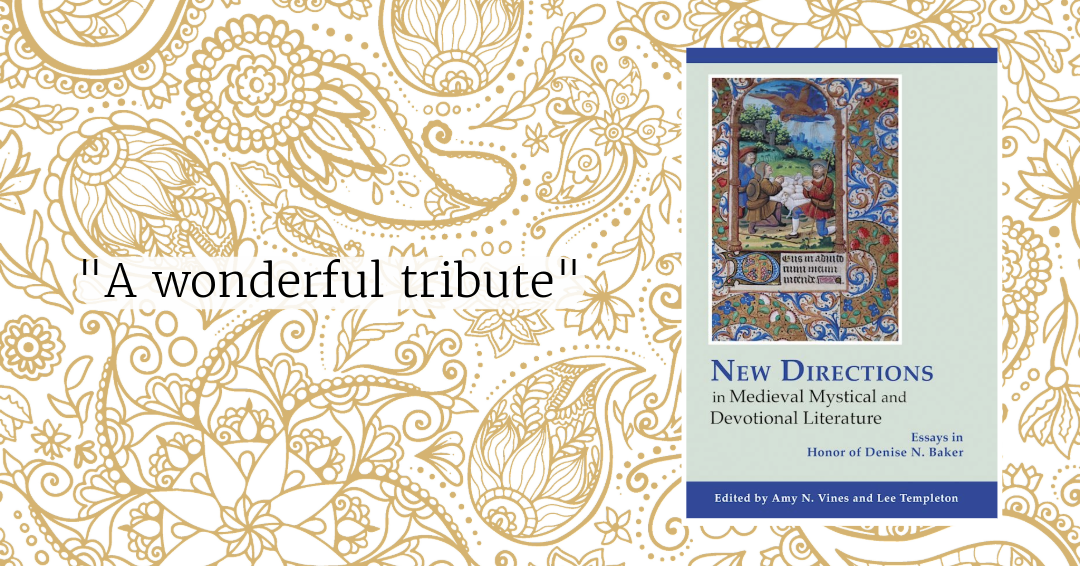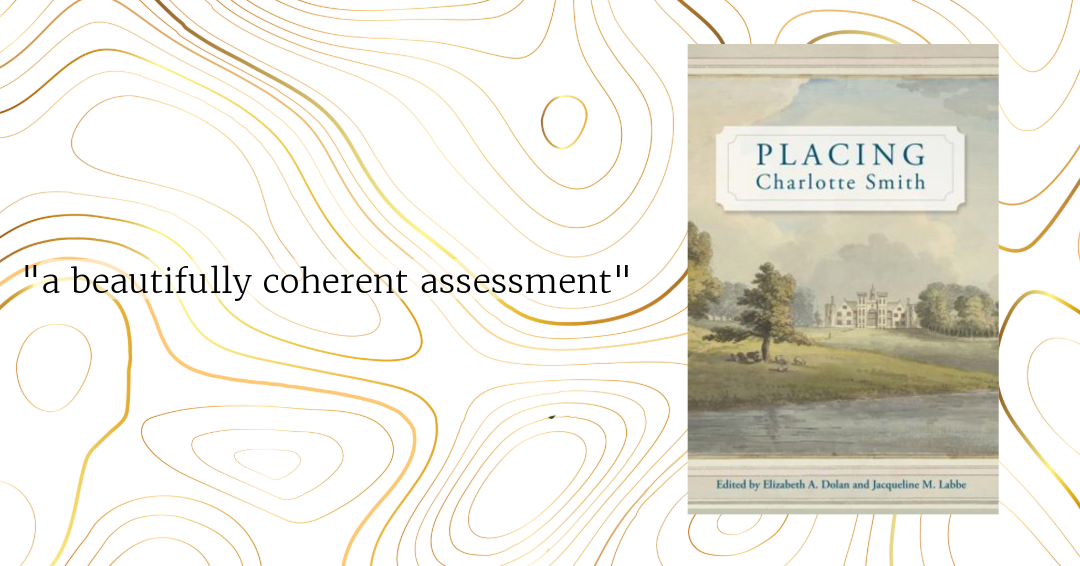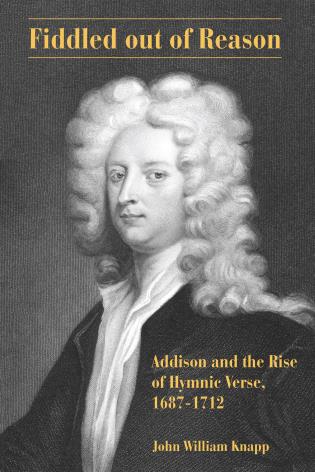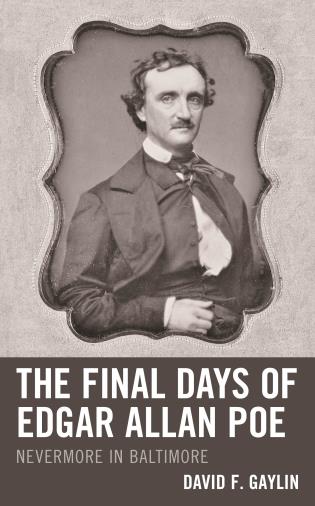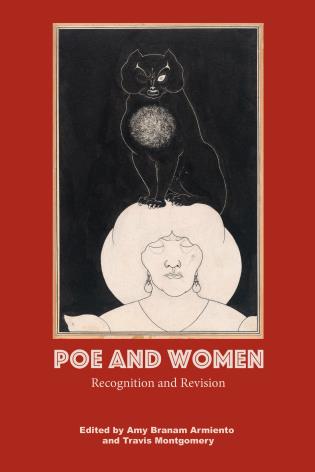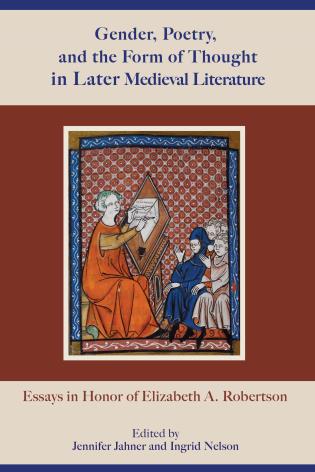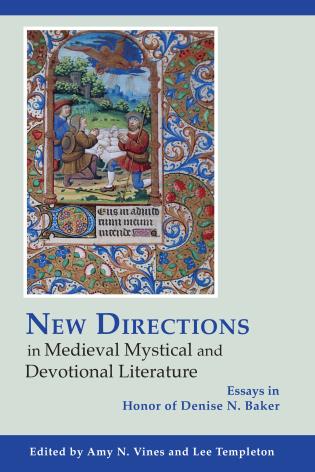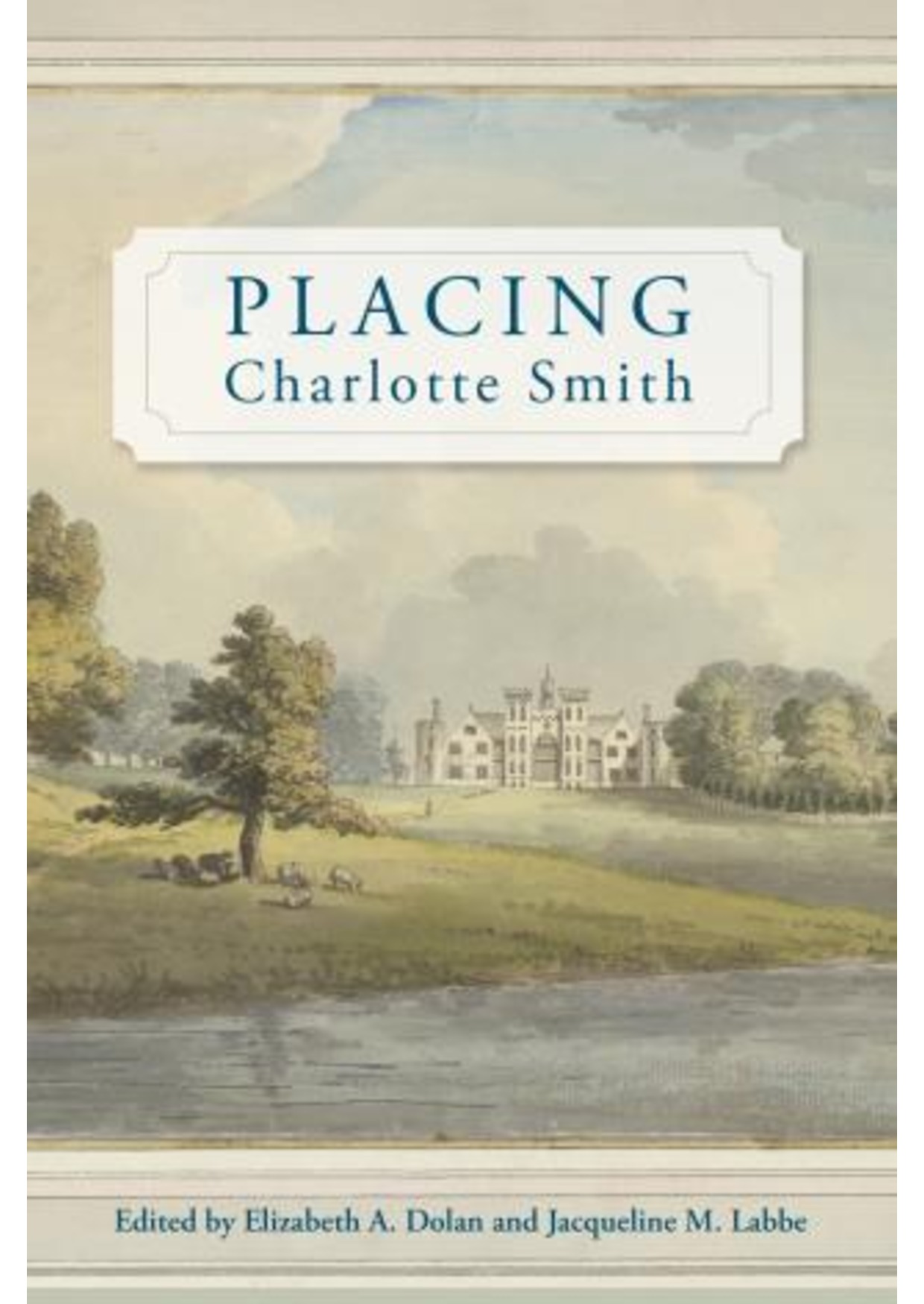A lively and far-ranging interest in place, space, and situation characterizes the work of Romantic-era British author Charlotte Smith (1749-1806). Featuring ten original essays, an introduction and an epilogue, this volume offers new insights into Smith’s life and work by exploring two central issues: Smith’s place as a foundational writer in her period, and her contribution to the creation of “place” as a concept of social and literary importance. The contributors analyze themes such as itineracy, the natural world, and patriotism; they also explore the position of Smith’s work and authorial identity in terms of genre, aesthetics, and market dynamics. With its innovative approach to place as a material location, symbolic principle, and literary device, this volume advances our understanding of Smith’s work. Placing Charlotte Smith reveals Smith as an author who not only energizes our interest in domestic concerns, but who also shapes a global discourse constituted by changing ideas about borders, travel, national, and international identities.
Reviews
Although she aspired to be a citizen of the world, Charlotte Smith spent her entire literary career as a displaced person constantly on the move and fixated on the anomalies of her status. In Placing Charlotte Smith, a set of uniformly insightful and incisive essays concentrate on the acute sense of place Smith cultivated as a marker across her disparate productions in poetry and prose. In its large compass and its refined erudition, this important volume reminds us why Smith is such a radically original, indispensable figure in the Romantic scene.
— Stuart Curran, professor of English, University of Pennsylvania
Dolan and Labbe’s rich trove of essays will delight Smith scholars. Here is a collection of lucid, often eye-opening discussions of Smith’s essential interventions in late eighteenth and early nineteenth-century British literary culture. But Placing Charlotte Smith is no narrow specialist’s tome. The essays in this volume engage an extensive array of cultural issues and practices including visual and literary aesthetics, constructs of national identity, and domestic ideologies. Dolan and Labbe’s collection offers fresh perspectives to readers with broad interests in the period, as well as to those already familiar with Charlotte Smith’s work and life.
— Anne D. Wallace, professor of English, University of North Carolina, Greensboro
The essays in Placing Charlotte Smith showcase the results of the last 25 years of scholarship on Smith to establish her place in the canon of British Romantic-era artists and to contextualize her within the political, aesthetic, and scientific concepts and practices of her time… Especially illuminating is discussion of the ways Smith employed, deconstructed, and refashioned contemporaneous literary, pictorial, and scientific conventions. Well trained in Linnaean taxonomy, she created an alternative, liminal poetic seascape. Using the “productive tensions Smith create[d] between the pastoral and picturesque traditions,” including unlovely economic facts such as smuggling, Smith demonstrated the constructedness of pastoral scenes and lives normally portrayed there. One difficulty—and pleasure—in “placing” Charlotte Smith is that she creates ambiguous, multivalent personae to ensure the wide readership so essential to her survival. Highly recommended. Graduate students, researchers, faculty.
— Choice
